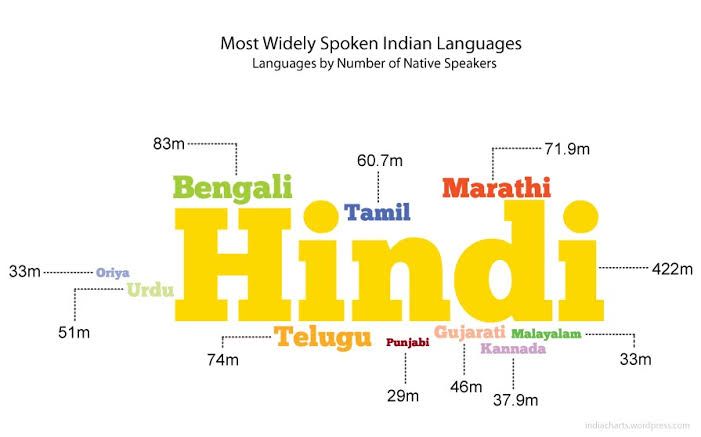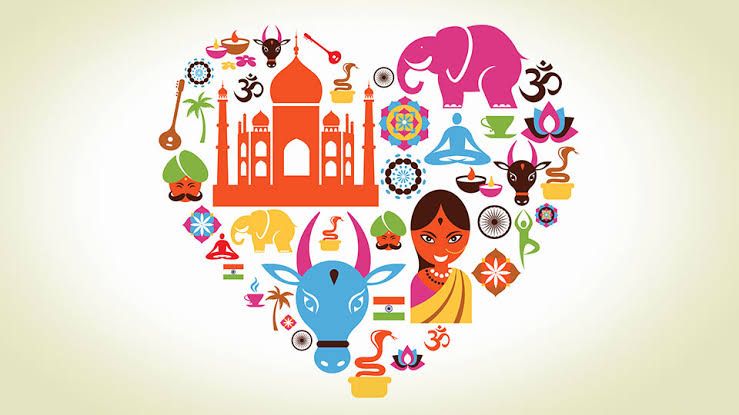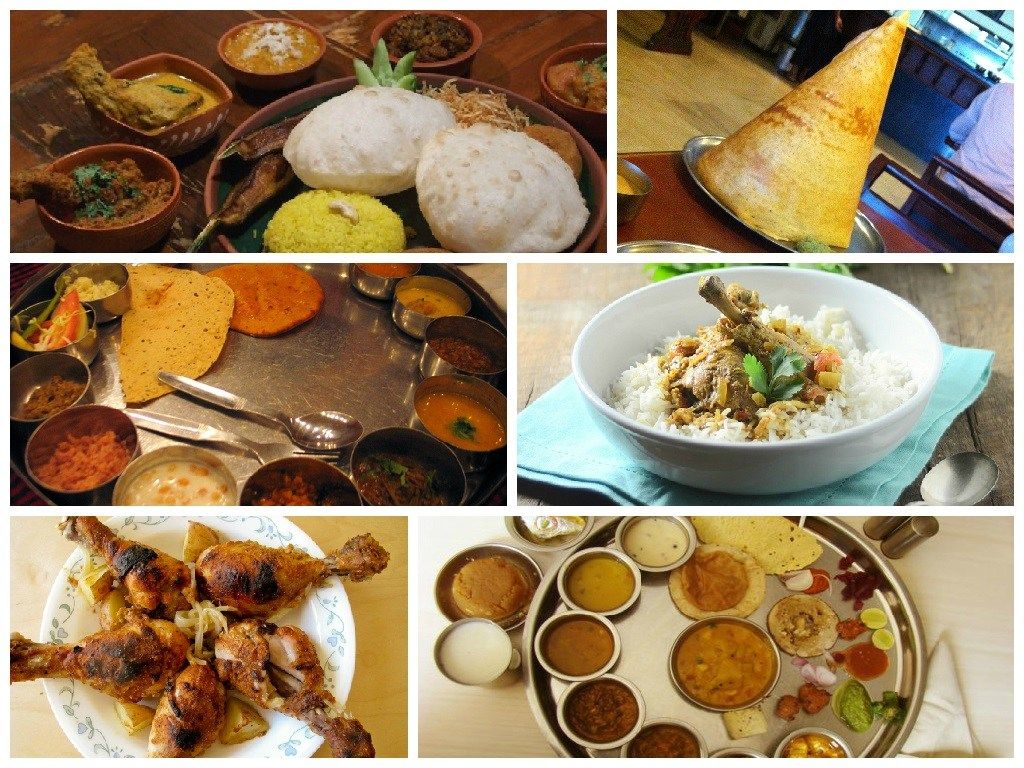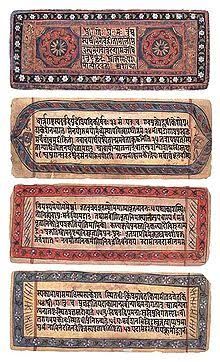Diversity Of India : A Look Through History
May 25, 2019 • 128 views
Whenever we heard of a diverse country the name first flashes in our mind is India undoubtedly. In India, one can find diversity in each and every aspect of a human life and moreover an unbelievable natural diversity spread through its vast land.
Natural diversity is the result of several geographical events happened and still happening. Here we are going to discuss about the diversity in human life.
An outline of social diversity :
Lingual diversity : Indian Constitution has approved 22 major languages as scheduled language. Apart from that there are a total of 780 languages spoken in India. These languages belong to 5 different language families of the world and some of the languages are isolates. Language families are - Indo-Aryan languages, Dravidian languages, Sino-Tibetan languages, Austroasiatic languages and Tai-Kadai languages. Census of India, 2001 identified 122 major languages and 1599 other languages. Though there are conflicts between the definition of languages and dialects.

Religious diversity : India is constitutionally a secular country. The state of India does not entertain any religion different from others. Indian subcontinent is the birthplace of four major religion of the world - Hinduism, Buddhism, Sikhism and Jainism. Apart from those, people of India also practice Islam, Christianity, Judaism, Zoroastrianism and atheism. Though Hindu people are majority in India but Muslims are also in significant number.

Cultural diversity : With different religion and different landscapes from plane to high mountains, from coast to desert cultures vary in high resonance. Even the rituals in same religion also vary from place to place. Regional attire has special significance in representing a particular region. As example, traditional saree for woman and dhuti, punjabi for man represent Bengali culture and community. Turban, kind of fatua and special kind of clad is sign of North-West India. Women generally wears ghagra choli there. In southern part of India another kind of white clad with white dress is used traditionally. If we go to high altitudes, some different dresses are seen. Though in general, at urban India, more or less western dress is followed.

Diverse cuisine : Different kind of cuisine is also another significant part of Indian diversity. Nearly each state of India has different cuisines. Bengal cuisine consists of rice, fish and sweets. Though chicken, mutton and beef is also consumed in high amount. Western India has a different cuisine with Chapati, Lassi, Mughlai etc. South India has idly, dhosa and other sour dishes. Kashmiri cuisine, Punjabi cuisine, Eastern cuisine are also available. Coastal India has seafood as their staple food habit.

In the next section we will try to find the history behind the above diversity.
Probable reasons behind diversity :
Lingual diversity : After Aryan came to western part of India, more specifically Sindhu river, Indo-Aryan or Indo-Iranian languages started ruling India. Lingustic record began with the Bramhi script about 3rd century BC. Time by time, classical Sanskrit turned into Prakit, Pali and Apabhramsha which later leads to major North Indian languages. Dravidian was the languages of ethnic group lived in South India. When Europeans came to India and ruled over Indian community, official languages changed. Before that, Arbi and Persi was the official or Royal language in India. Mughal and Sultana emperors came with those languages. In the remote islands of Andaman, some isolates remain constant.

Religious diversity : Previously it is mentioned that India is the birthplace of four major religions. Actually, Hinduism is different from other Indian religions. Often it is recommended as 'sanatana dharma' (the eternal religion). In a verdict once Supreme Court of India remarked Hinduism as a way of life. Actually, no prophet invented this ideology of Hinduism. In the way ancient Aryans lead their life, later is known as Hinduism. Gautam Buddha and Mahabir Jain described about Buddhism and Jainism respectively. Guru Nanok was the founder of Sikhism. All the above religions are connected with the soul of India. Abrahamic religions such as Judaism and Christianity were introduced in India by European colonalisation. Islam came to India by Arabic traders. And this religion was nurtured in India by Delhi Sultanate and Mughal empire. At later times, Bhakti movements and other religious movements effected those religions highly on Indian soil.

Cultural diversity : Culture depends on daily life, religion, region, weather and many other points. Also time by time, culture has changed through different incidents. Ancient residents of Indian mainland lived in woods and were dependant on prey. They certainly posses a different culture than the Aryans who migrated to India and built Indus civilization. They were dependant on agriculture and they also had some civilized religions faith. After a long time of clash these two cultural segment melted into each other. Later when Buddhism got Royal status, the culture again got mixed up. Then Indian society has gone through Sultanate, Mughal empire and also European colonalisation. Indian culture finds a new shape with all its local conflicts and nationalism. Nowadays with globalization growing all across the world, Indian culture is also getting a new form.
Diverse cuisine : Food habits of a local region certainty depends on the local weather, available agricultural products and other food products, local culture. So, no doubt India experiences a large variety of local cuisines. There is no wonder that river-bounded Bengal has fish in its staple food diet with rice, which is main agricultural product of the region. Same is true for sea foods in coastal area. On other hand, south India is historically famous for its spice agriculture. Obviously South Indian dishes are more spiced than other cuisines of India. At the same time, availability of wheat and corns and cows has make chapati, lassi main foods of western part. That's how cuisines have changed its form from East to West and from North to South.
Even with all above diversity, India is bound together with the great thoughts of unity and nationalism and love.
